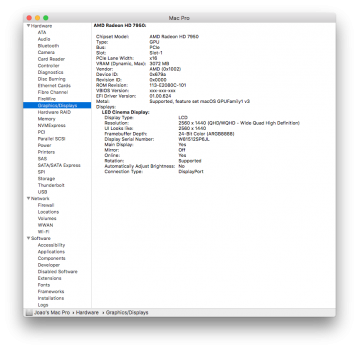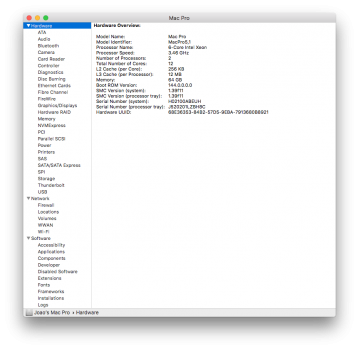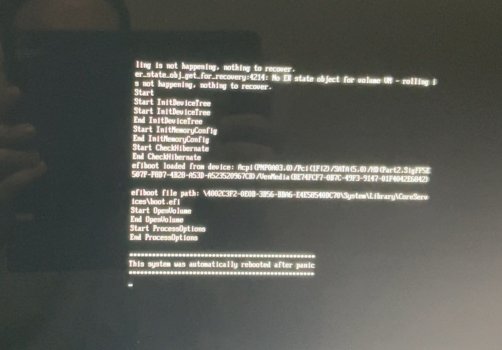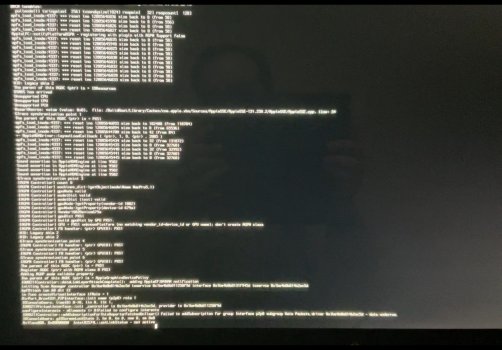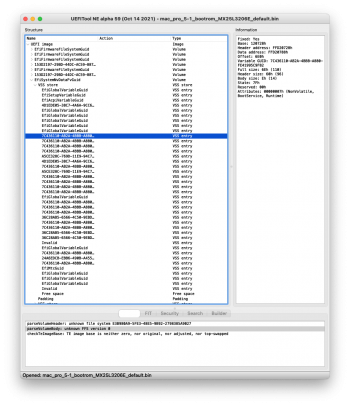I have a MP5,1 desktop which has been on High Sierra for a while, and I've been avoiding the Mojave+ upgrades forever.
I reviewed the sticky master thread here and it seems to me like my computer should accept Mojave just fine, but I cannot figure out what is going wrong with the Mojave upgrade. It seems to be able to go through the install just fine, but then after the whole thing completes, and seems like it is doing the final reboot into the (new) login screen, it enters a boot loop with the regular "there was an error" message.
I can re-install High Sierra from a USB installer thumb drive, but it seems like I'm stuck on High Sierra.
The system has a AMD Radeon HD 7950, which is in the list of supported Metal cards, and the BootROM has been upgraded fully to the current release version 144.0.0.0.0. Those seem to me to be the biggest impediments to upgrading to Mojave.
Can someone provide some tips on what could be wrong here? Let me know if you need any more details about the system itself.
See attached for screenshots of the system specs.
I reviewed the sticky master thread here and it seems to me like my computer should accept Mojave just fine, but I cannot figure out what is going wrong with the Mojave upgrade. It seems to be able to go through the install just fine, but then after the whole thing completes, and seems like it is doing the final reboot into the (new) login screen, it enters a boot loop with the regular "there was an error" message.
I can re-install High Sierra from a USB installer thumb drive, but it seems like I'm stuck on High Sierra.
The system has a AMD Radeon HD 7950, which is in the list of supported Metal cards, and the BootROM has been upgraded fully to the current release version 144.0.0.0.0. Those seem to me to be the biggest impediments to upgrading to Mojave.
Can someone provide some tips on what could be wrong here? Let me know if you need any more details about the system itself.
See attached for screenshots of the system specs.


